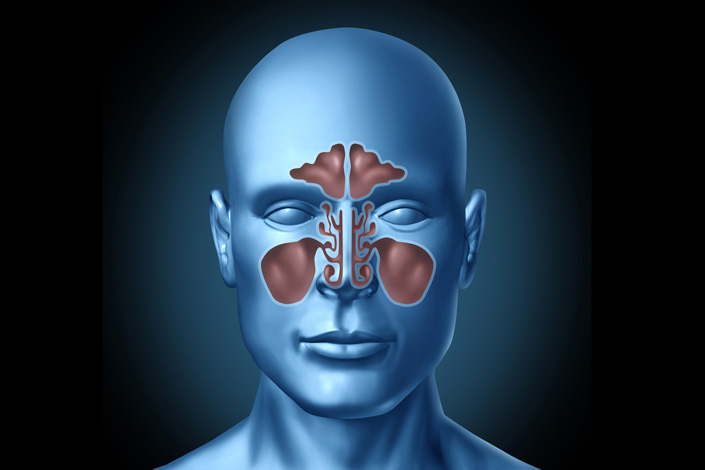W gabinecie lekarza rodzinnego Terapia 2020, 12 ( 395 ) : 12 - 19
Ostre zapalenie zatok przynosowych (OZZP) u dzieci 2020 – miejsce na nowoczesną fitoterapię
Acute rhinosinusitis (ARS) in children 2020: place for modern phytotherapy
Ostre zapalenie nosa i zatok przynosowych (OZNZ, rhinosinusitis) to stan zapalny toczący się w obrębie jamy nosowej i zatok obocznych nosa. Termin ten został wprowadzony w latach 90. ubiegłego stulecia w USA przez Agencję Opieki Zdrowotnej i Polityki Badań Naukowych w miejsce ostrego zapalenia zatok. [AHCPR 1999] Nazwa ta lepiej oddaje dynamikę tej choroby, czyli rozprzestrzenianie się infekcji z nosogardła na zatoki oboczne nosa, które wykształcają się ok. 4.–5. r.ż.

Zaloguj się i przeczytaj bezpłatnie całą treść artykułu.
Nie masz jeszcze konta dostępowego?
Zarejestruj się bezpłatnie, a otrzymasz:
* dostęp do wszystkich doniesień oraz pełnych tekstów artykułów naukowych w naszej Czytelni,
* prawo do bezpłatnego otrzymywania newslettera "Aktualności TERAPIA" z przeglądem interesujących i przydatnych wiadomości ze świata medycyny oraz systemu ochrony zdrowia w Polsce i na świecie,
* możliwość komentowania bieżących wydarzeń oraz udziału w ciekawych quizach i konkursach.
Zapraszamy serdecznie, dołącz do naszej społeczności.



Dodaj komentarz